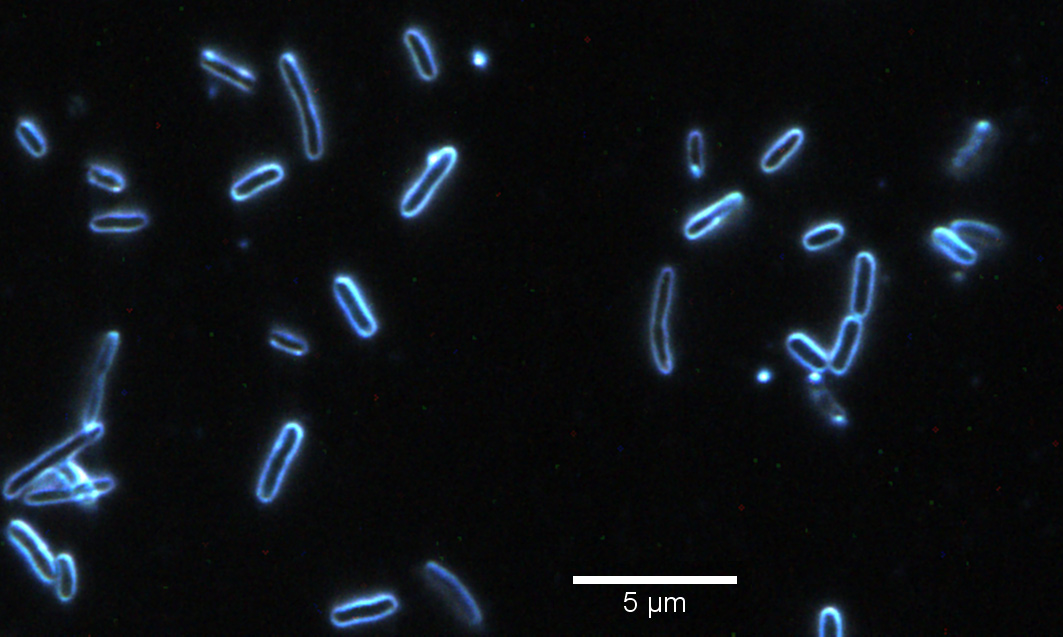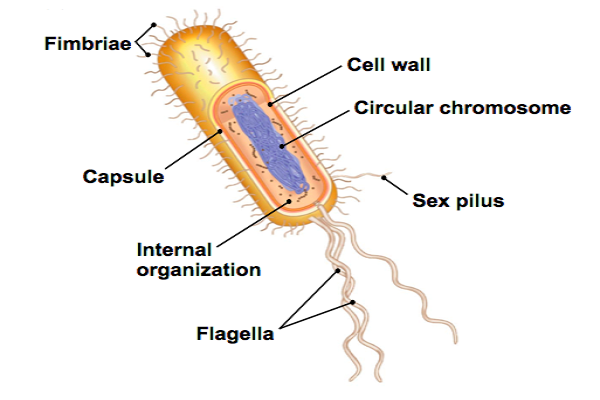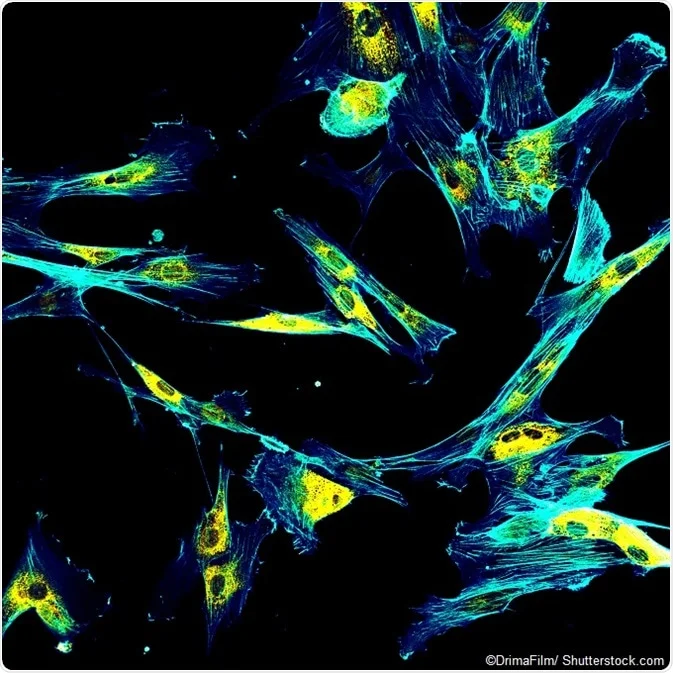Microbe Mission Practice
1/87
There's no tags or description
Looks like no tags are added yet.
Name | Mastery | Learn | Test | Matching | Spaced |
|---|
No study sessions yet.
88 Terms
What is the primary function of endospores?
Survival in harsh conditions
What is not a basic structural component of a virus?
Cell membrane
What is a nonspecific defense against pathogens?
Mucus
First section of a bacterial growth curve
lag phase
Second section of a bacterial growth curve
Exponential or log growth
Third section of a bacterial growth curve
stationary phase
Last section of a bacterial growth curve
death or decline
Most common cause of viral gastroenteritis
Norovirus
Disease often spread in healthcare facilities; resistant to most commonly used antibiotics
MRSA
Brain-eating amoeba
Naegleria fowleri
Characteristic of having two nuclei
Giardia
Rickettsia rickettsii
Causes Rocky Mountain Spotted Fever
Mycobacterium leprae
Causes leprosy, aka, Hansen’s disease
Mycobacterium tuberculosis
Causes Tuberculosis
Microcystis aeruginosa
Causes harmful algal blooms
Staphylococcus aureus
causes skin and soft tissue infections
Helicobacter pylori
Causes stomach infections
Pyrococcus furiosus
used in the process of DNA amplification
Methanococcus sp
has the potential for H2 and CO2 based biotechnologies because of its ability to rapidly metabolize H2
Plasmodium falciparum
causes malaria
Saccharomyces cerevisiae
main source of nutritional yeast
nannochloropsis sp
marine microalgae
paramecium sp.
decomposes smaller microbes
capsid
protein coat made of protomers; holds the DNA or RNA in a virus
nucleocapsid
nucleic acid (DNA or RNA) and capsid coat
Three types of capsid symmetry
helical, icosahedral, and complex
helical capsid
shaped like hollow tubes
icosahedral capsid
20 equilateral triangles; most efficient way to close a space
complex capsid
neither icosahedral nor helical
Heat fixation
Typically used to observe prokaryotes; preserves overall morphology, but not inner cell structures
Chemical fixation
used to protect fine cellular substructure and the morphology of larger, more delicate microrganisms; penetrates cells and reacts with proteins and lipids to render them inactive, insoluble, and immobile
gram-positive cell wall
consists of a 20 to 80 nm thick homogenous layer of peptidoglycan
gram-negative cell wall
consists of a 2 to 7 nm peptidoglycan layer and a 7 to 8 nm outer membrane, with periplasmic space in-between
gram-positive cells stain
purple
gram-negative cells stain
pink
bright-field microscopy
Sample illumination is transmitted white light, and contrast in the sample is caused by attenuation of the transmitted light in dense areas of the sample; the simplest of a range of techniques used for illumination of samples in light microscopes, and its simplicity makes it a popular technique. The typical appearance of a bright-field microscopy image is a dark sample on a bright background, hence the name.
dark-field microscopy
exclude the unscattered beam from the image. Consequently, the field around the specimen (i.e., where there is no specimen to scatter the beam) is generally dark.

phase-contrast microscopy
passes diffracted and non-diffracted light through a phase-plate so disrupt caused by the light passing through the cell are clearly visible

vesicles
small, membrane-enclosed sacs that bud off from the membranes of the ER, Golgi body, and plasma membrane. Vesicles carry substances between these cell parts, and play a key role in transporting substances within and out of the cell.
fimbria
Long filamentous polymeric protein structures located at the surface of bacterial cells. They enable the bacteria to bind to specific receptor structures and thereby to colonise specific surfaces. Fimbriae consist of so-called major and minor subunits, which form, in a specific order, the fimbrial structure.

eyespots
The eyespot apparatus (or stigma) is a photoreceptive organelle found in the flagellate or (motile) cells of green algae and other unicellular photosynthetic organisms such as euglenids. It allows the cells to sense light direction and intensity and respond to it, prompting the organism to either swim towards the light (positive phototaxis), or away from it (negative phototaxis).
Fluorescence Microscope
Microscopy based on the principle of removal of incident illumination by selective absorption, whereas light that has been absorbed by the specimen and re-emitted at an altered wavelength is transmitted. The light source must produce a light bean of appropriate wavelength. An excitation filter removes wavelengths that are not effective in exciting the fluorochrome used. The light fluoresced by the specimen fluorescence contributes to the intensity of the image being viewed.

Incident Illumination
Illumination that falls on an object from multiple directions
Transmission Electron Microscopes
specimens are fixed on a support grid and and either embedded in resin or stained with compounds (such as uranyl aceate or osmium tetroxide); regions of the specimen can be electron dense or sparse depending on how much stain they receive; this is used to visualize the image as electron dense regions “take” more energy from the electron beams than electron sparse regions
Sample must be dehydrated, embedded in resin, and cut into ultra-thin slices with diamond knife (they must be this thin so electrons can pass through them); better resolution compared to SEM
Electron Microscopy (general)
precision up to 0.2 nm; magnification up to 1,000,000 x; electron beam (De Broglie) wavelength ~0.01nm
Can’t visualize live specimens; expensive to image; requires extensive training to use
Scanning Electron Microscopy
Specimens are coated with vaporized gold or palladium ions
Primary electrons from the electron beam are used to displace secondary electrons from the sample; these are used by the scanning electron microscope to view the sample
SEM is primarily used to view specimens in terms of crystallography, topography, and magnetic field; worse resolution TEM
Counting Cells using a Neubauer Counting Chamber
Cells are detached
Dilute the cells (optional, but especially useful for a large quantity of cells
Dilution factor refers to how much total volume of the solution is used for 1 unit of the actual cell culture
Transfer the solution onto the counter chamber
Count the cells per a 1/9 square of the counting chamber (if the cell is touching the lower or right boundary line it counters for the square; if it touches the upper or left boundary line it does not
Calculate how many cells per milliliter there are in the counting chamber based on the dimensions of one of the 1/9 square (1 mm x 1 mm x 0.1 mm)
Multiply using ratio
Hyphae definition
Branching, thread-like filaments that make up the body of a fungus
A network of hyphae is called a _____
Mycelium
Transpeptidase
Enzymes responsible for the cross-linking of peptidoglycan chains
Penicillun and its family targets what aspect of bacterial cell walls?
Transpeptidase
You find a single cell with a light microscope, that is not mobile, and when you examine it, you see no organelles in the cell. What is it?
Bacterium
Typical characteristics of a mycobacterium tuberculosis colony
Pale yellow color, dry/crumby, wrinkly
Viral DNA can be:
I and III only (single-stranded, double-stranded, or partially double-standed)
Iron-oxidizing bacteria can use iron:
to generate ATP, as a source of energy to fix carbon
What bacterial strain is used in the production of yogurt?
Lactobacillus bulgarius and Strepococcus thermophilus
Agar is used for solidifying culture media because:
It is not affected by the growth of the media, It does not add to the nutritive properties of the medium, the melting and solidifying points of agar solution are not the same
What describes the mechanism by which beta-lactam antibiotics inhibit bacterial growth, and the potential bacterial response to this inhibition
Beta-lactams inhibit transpeptidase enzymes, preventing cross-linking of peptidoglycan, and bacteria may resist by producing beta-lactamases or altering penicillin-binding proteins (PBPs)
A lysogenic virus infects a bacterial cell, incorporating its genetic material into the cell’s genome. What is this process called?
Transduction
The outer membrane of mitochondria and chloroplasts is biochemically similar to the:
Bacterial membrane
Gram positive bacteria have a:
thick cell wall
When is a lag phase necessary?
When cells are old, damage, or need to adapt to a new environment
Confocal Microscope Mechanism
Focusing two different light sources on a subject for better contrast
Some antibiotics that treat ribosomes of infectious bacteria can inhibit protein synthesis in certain organelles of eukaryotic cells. This is evidence for what?
Some organelles within eukaryotic cells are the descendants of free-living prokaryotes
Who was endosymbiotic theory proposed by?
Lynn Margulis
PCR meaning
Polymerase Chain Experiment; used to rapidly re-produce segments of nucleic acid
Microbial Phylogenetics meaning
the study of the evolutionary relatedness among various groups of microorganisms
Why is the 16S rRNA gene commonly used in microbial taxonomy?
It contains conserved and variable regions, helping with phylogenetic comparisons
Are there more microbe on/in the human body than skin cells?
There are more microbes in the human body than skin cells
What best describes the purpose of 16S/18S rRNA amplicon sequencing in microbial ecology?
To assess the taxonomic composition and diversity of microbial communities
Kirby-Bauer Disk Diffusion Method
Qualitatively tests multiple antibiotics at once; fast; cost-effective; easy to interpret
Acid fast staining is used to detect bacteria in the genuses:
Mycobacterium (and Nocardia)
What makes acid-fast bacteria resistant to traditional gram staining?
The high mycolic acid content in their cell walls
What is the role of a contractile vacuole in a freshwater protist?
Remove excess water to maintain osmotic balance
Cyanobacteria
Blue-green algae; photoautotrophs
Which microbes are most commonly biogenetically engineered to become “insulin factories”
bacteria (and archae)
In the study of bacteriophages, what is the significance of restriction modification systems in bacteria?
They protect bacterial cells from phage infections by cutting foreign DNA.
Otherwise noninfectious viruses may be made infectious by what process?
Viral Transduction
Are protozoans eukaryotic or prokaryotic?
Eukaryotic
The enzyme which converts optically active isomers of lactic acid to the optically inactive racemic mixture is which of the following?
Racemase
What could be used as a fixative in transmission electrom microscopy?
Osmium tetroxide
Positively vs. Negatively Supercoiled
Positively supercoiling makes DNA more difficult to unwind; Negatively Supercoiling facilitates DNA unwinding which is necessary for processes such as replication and transcription
Function of carboxysomes in cyanobacteria and proteobacteria
They concentrate carbon dioxide around RuBisCO to enhance photosynthetic efficiency and reduce photorespiration
What is the resolving power of a transmission electron microscope?
0.2 nm
What are the outputs of oxygenic photosynthesis?
Glucose, O2, ATP, NADPH
Specific function of the sigma factor in initiating transcription
It facilitates the recruitment of RNA polymerase to promoter regions by recognizing specific DNA sequences
Pleiomorphic meaning
the ability of a microbe to to alter its shape or size in response to environment conditions
Mesosomes
Invaginations of the plasma membrane found in prokaryotic cells